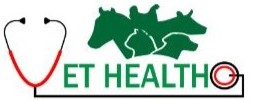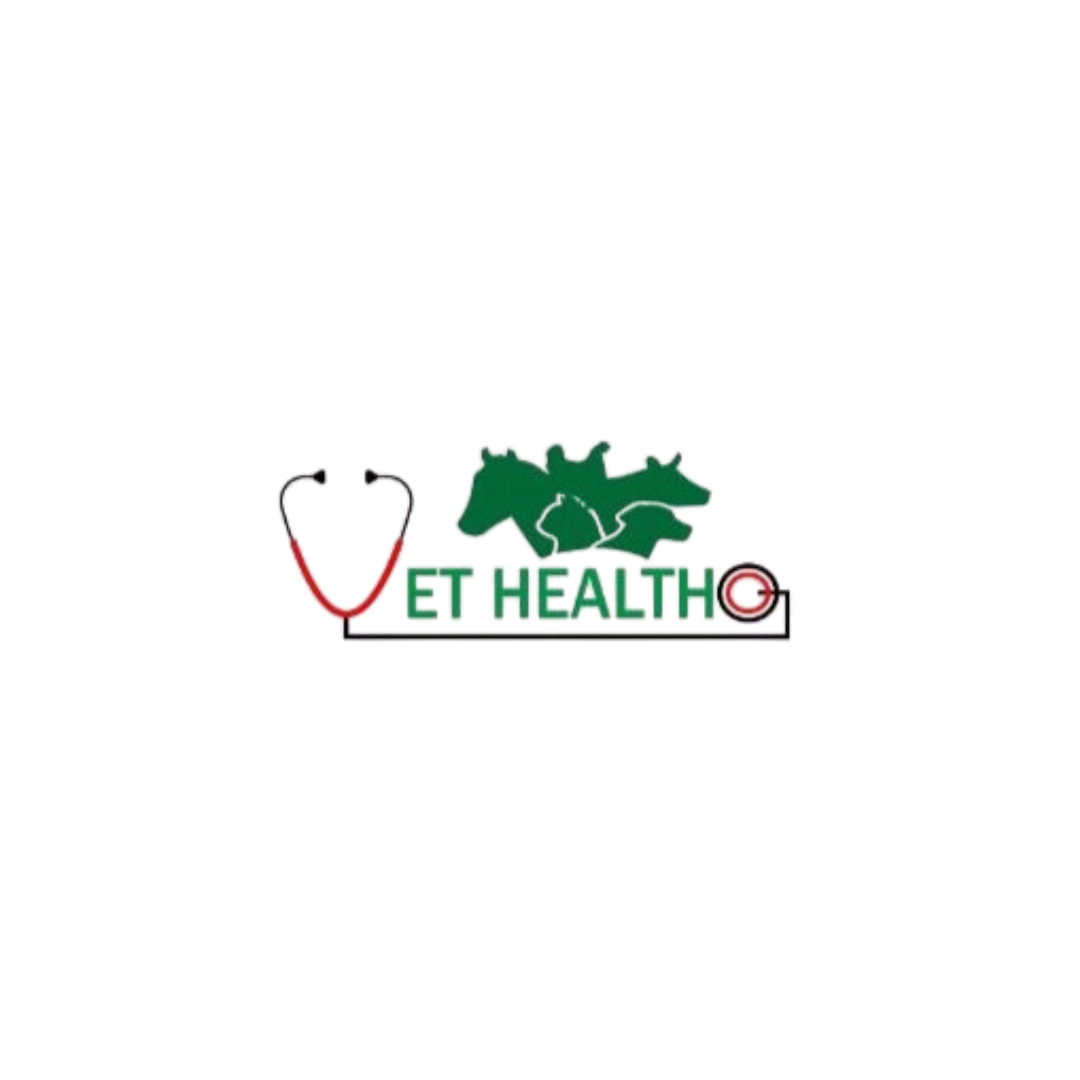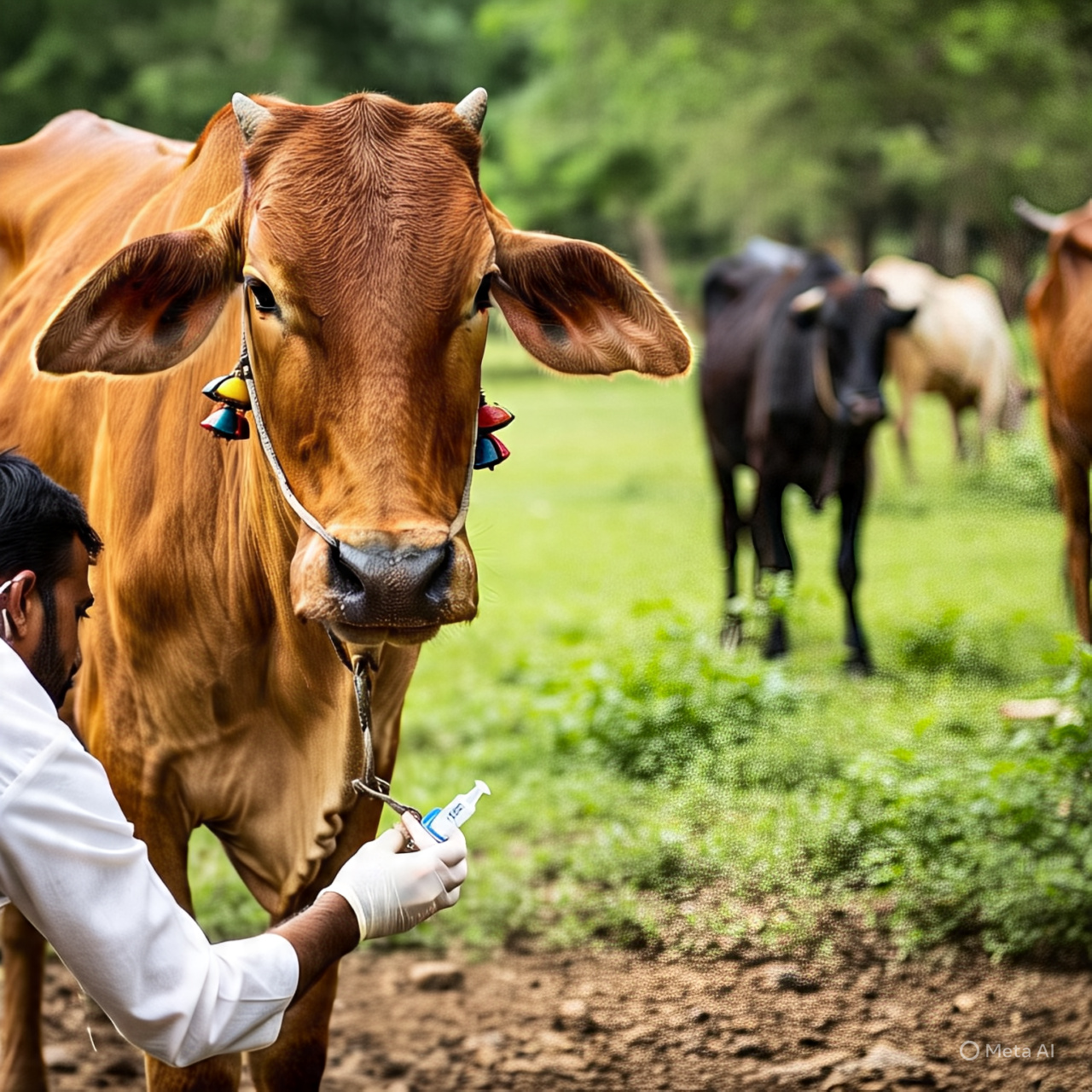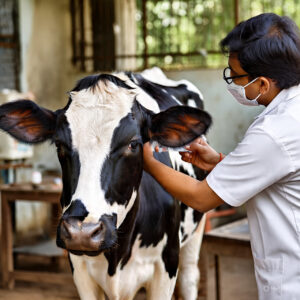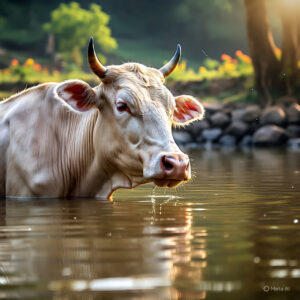A proper cow disease vaccination schedule is essential for maintaining the health and productivity of dairy cattle. With various diseases affecting cows seasonally, every cattle owner must be aware of the right time and type of vaccinations. In this article, we provide a complete vaccination schedule for 2025 and important tips for healthy herd management.
📋 Vaccination Chart for Cows (2025)
| Disease | Recommended Vaccine | Age/Timing | Booster Dose |
|---|---|---|---|
| Foot and Mouth Disease (FMD) | FMD Vaccine | At 4 months | Every 6 months |
| Black Quarter (BQ) | BQ Vaccine | At 6 months | Annually |
| Hemorrhagic Septicemia (HS) | HS Vaccine | Pre-monsoon | Annually |
| Brucellosis | Brucella S19 | Female calves (4–8 months) | Once only |
| Lumpy Skin Disease (LSD) | Lumpi-ProVac or Goatpox | Anytime (if unvaccinated) | Every year |
| Theileriosis | Raksha Theileria | Vet advice based | As advised |
| Rabies (Post-bite) | Rabies Vaccine | Post-exposure | As per vet |
Why Follow the Cow Disease Vaccination Schedule?
- Prevent deadly cattle diseases
- Improve milk yield and quality
- Reduce treatment costs
- Increase the life expectancy of cows
- Ensure public safety in case of zoonotic diseases
Regional Challenges in Cow Vaccination
In India, particularly in rural and semi-urban regions, awareness of disease prevention through vaccination is still low. Many farmers do not follow the proper cow disease vaccination schedule due to lack of knowledge, vaccine unavailability, or delayed veterinary support. This results in avoidable losses due to disease outbreaks like FMD, HS, or Lumpy Skin Disease, especially during monsoon and post-monsoon periods.
It is crucial that regional animal husbandry departments work closely with gram panchayats and dairy cooperatives to educate farmers about proper vaccination protocols.
🌦️ Seasonal Tips for Cow Vaccination
Every season brings unique disease threats to cattle. Here’s how to align vaccination with seasons:
- Pre-Monsoon (May–June): Ideal for HS, BQ, and LSD vaccines, as these diseases spread quickly in humid conditions.
- Winter (November–January): Good for Brucellosis (female calves) and Rabies, especially if cattle roam in open areas or forests.
- All Seasons: FMD vaccines should be given every 6 months regardless of season due to high transmission risk.
👨🌾 Tips for Small-Scale & Marginal Farmers
Many small farmers raise 2–5 cows and assume vaccines are only necessary for large herds. This is not true. Diseases do not discriminate between small or large herds. Here are low-cost tips:
- Join nearby government or NGO-led free vaccination drives.
- Maintain a small vaccination diary for each animal with dates and types of vaccines administered.
- Collaborate with neighbors to call a vet together and reduce service costs.
🧾 Government Support & Vaccination Schemes
The Indian government runs multiple animal health schemes to provide free or subsidized vaccines:
- National Animal Disease Control Programme (NADCP) – Offers free FMD and Brucellosis vaccines.
- Rashtriya Gokul Mission – Promotes overall cattle welfare including health.
- LSD Special Drives – State veterinary departments conduct free drives in high-risk districts.
Tip: Contact your local veterinary hospital or agriculture officer to enroll in these schemes.
🚫 Common Myths & Mistakes to Avoid
- Myth: “Natural immunity is enough. No need for vaccines.”
✅ Fact: Natural exposure doesn’t provide complete protection. Vaccines are scientifically tested to prevent severe outbreaks. - Myth: “Once vaccinated, no need for boosters.”
✅ Fact: Most vaccines, like FMD and LSD, need annual or 6-month boosters to maintain immunity. - Mistake: Skipping vaccine during pregnancy.
✅ Fact: Some vaccines are safe even during pregnancy. Always consult a veterinarian.
📞 Veterinary Support & Emergency Helplines
- Local Vet Hospitals: Visit your taluka or district veterinary hospital for expert help.
- Helpline (India): Dial 1962 (toll-free animal husbandry support).
- Mobile Vet Vans: Available in many states. Book through the livestock department’s mobile app or office.
Following a cow disease vaccination schedule is not just a preventive step — it’s a critical investment in your dairy business. Healthy cows give more milk, live longer, and cost less in medical expenses. Whether you’re managing 2 or 200 cows, staying consistent with vaccines will protect your livelihood and improve overall productivity.
